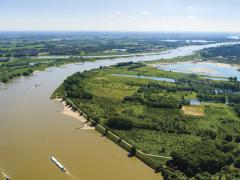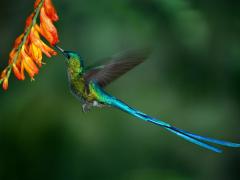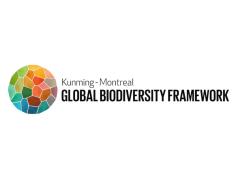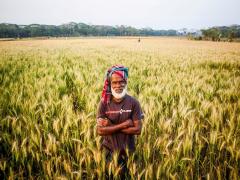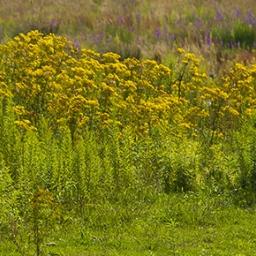Integrating Biodiversity and Ecosystem Services in the Post-2015 Development Agenda: Goal Structure, Target Areas and Means of Implementation
Since the Rio+20 summit, discussions on a new set of sustainable development goals have taken centre stage in the United Nations. This paper discusses how biodiversity and ecosystem services may be integrated in this broad set of goals. It addresses goal structure, relevant target areas, means of implementation and the role of the Aichi biodiversity targets.
To avoid marginalisation of biodiversity within the broad set of goals, a separate goal on biodiversity and ecosystem services should be avoided. Instead, an integrated approach may be most desirable. Such an approach combines integrated goals on poverty eradication and environmental sustainability with a stand-alone goal on earth system functioning and/or environmental limits.
To integrate biodiversity and ecosystem services in the context of food and agriculture, seven areas are identified for which it would be relevant to set targets within the broad set of goals. Furthermore, these targets subsequently would need to be complemented with means of implementation that create conditions to enable them to be achieved. Although many Aichi targets address the relevant target areas and means of implementation, they would need to be complemented with targets on human well-being, and with institutions and governance, in order to become fully relevant.
Authors
Specifications
- Publication title
- Integrating Biodiversity and Ecosystem Services in the Post-2015 Development Agenda: Goal Structure, Target Areas and Means of Implementation
- Publication date
- 27 December 2013
- Publication type
- Publication
- Magazine
- Sustainability
- Product number
- 1303
